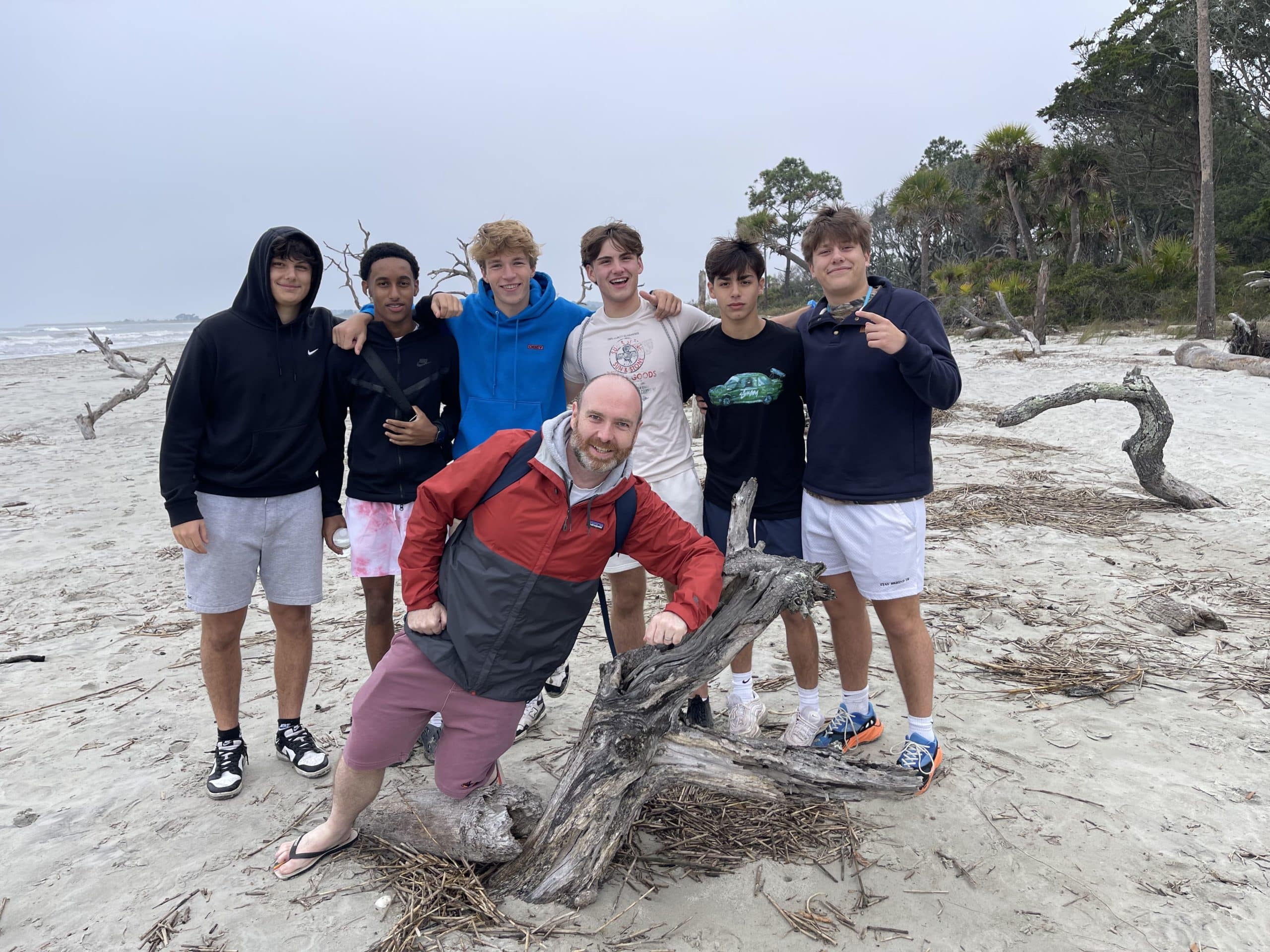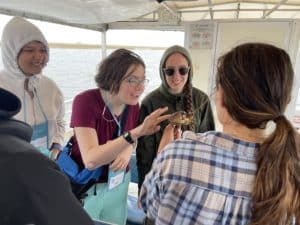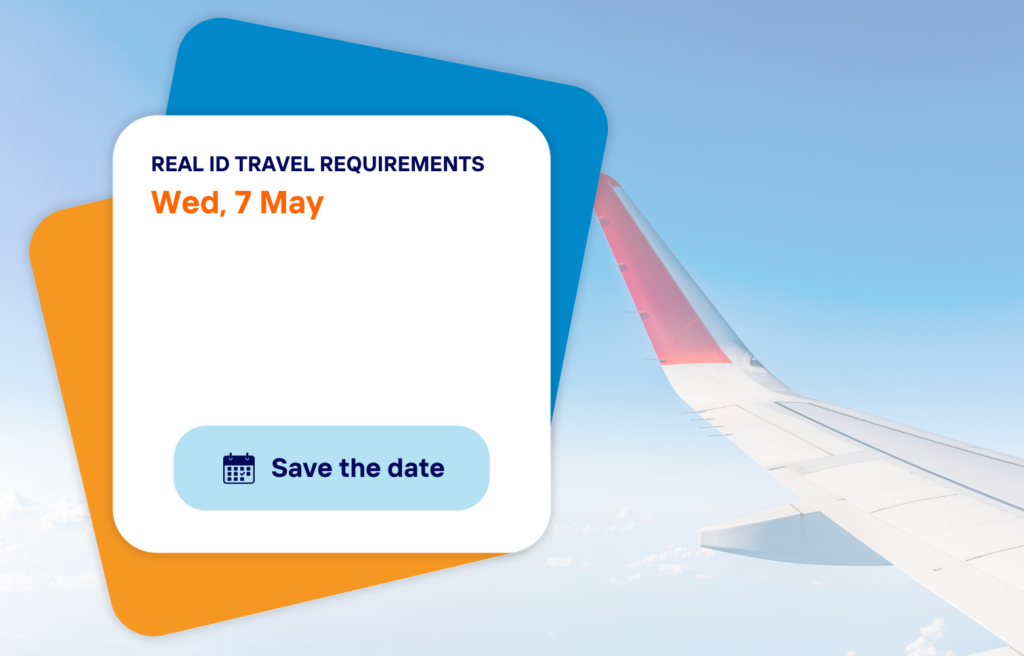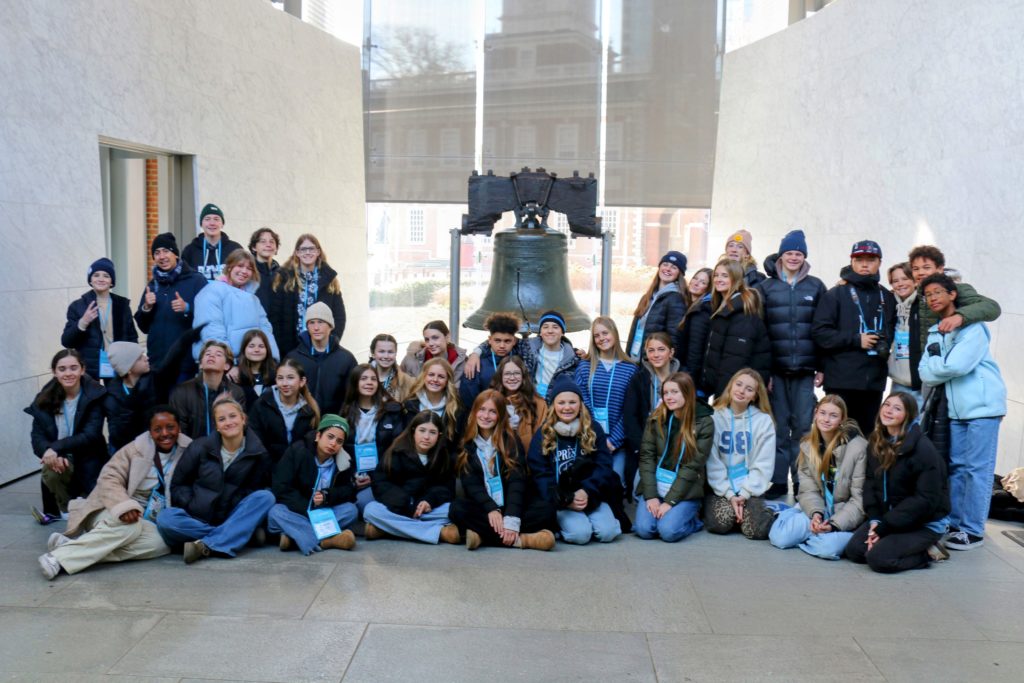Get Administration to Say YES to Your School Trip

More than ever, students need their teachers to be strong advocates for the value of experiential and hands-on learning. One of the best hands-on learning experiences is participating in a school trip.
If you are getting ready for a discussion with your administration about an educational trip, it helps to understand potential concerns and be prepared to answer challenging questions.
Statistics support the need to make a case for hands-on learning. A quick Google search will lead you to hundreds of blog posts, scholarly articles, and lesson plans all geared towards the importance of hands-on learning experiences.
A class trip is one way to incorporate hands-on learning into your teaching routine. In fact, the Student Youth Travel Association argues that travel is “a key component of their [students] complete education.”
Unfortunately, for one reason or another, many administrators are opposed to school trips, especially ones that travel overnight. To be fair, administrators have a lot of responsibilities. They need to weigh what seems like conflicting priorities when they’re approached for approval for class trips.
Here are four conflicts that an administrator may perceive and recommendations for how to show the value of your student trip.
1. Field trips are “extra” opportunities that cut instructional time.

Today’s students are visual learners and a field trip lets them touch, feel, and listen to what they’re learning about, [which helps them] build on classroom instruction, gain a better understanding of topics, build cultural understanding and tolerance, and expose them to worlds outside their own. Carylann Assante, executive director for Student & Youth Travel Association (SYTA) and SYTA Youth Foundation
There are many ways that school trips can help teachers exceed curriculum standards that are explained in another post called Exceed Curriculum Standards with Your Student Trip.
2. There are risks and liability issues.

This can be easily addressed by using a reputable travel company that assumes liability for the trip. For example, NationsClassroom provides teachers with Terms and Conditions that all participants must sign that release the school, district, and employees from liability. You should be able to share the agreement with your administration.
If you are just starting a tour and you are researching travel companies, be sure to ask for references and follow up with the Better Business Bureau and the Student & Youth Travel Association. Share the company’s background and references with your administration as well.
Prepare your district or building approval forms in advance of a discussion with your administration. They will appreciate that you have thought through the necessary paperwork and requirements.
3. Financial resources are not available to support the trip.
Budgets are tight and this is a valid concern. Start by outlining the budget for the field trip on paper. If you are using a travel company, you should be given a list of inclusions for the price provided. If you travel with NationsClassroom, all trip costs are included in the price, including transportation, admissions, security, and meals.
If you are requesting school funds, inquire about the budget cycle so you know when your request must be submitted.
Also, include your plan for fundraising and what portion will be the responsibility of families. Think ahead and share your plan for communicating this information with families. It also helps to explain how you will support families that are not able to pay for the trip.
4. The teaching staff needs to be in the building.

If you ask the kids how they want to learn from their teachers, many will say that they want teachers to take them outside of the classroom to learn in new environments.
In an article about the “Local Control Funding Formula” in California, a school district in Vallejo asked teachers, parents, and students for input about the allocation of state funds, a requirement of the state policy.
According to Superintendent Ramona Bishop, the kids wanted opportunities to learn from their teachers in new places.
It was all about, ‘take us places where you take your kids, Dr. Bishop,’” she said. Students listed museums, college campuses and military bases as examples of where they might want to go,” according to The Hechinger Report.
Explain to the administration your plan for enriching your classroom lessons with the resources only available at the places you will visit. You also may want to explain the other ways your students will learn and grow while on the trip.
Working through the approval is more challenging than ever, but keep the faith.
Learn more about leading a trip with NationsClassroom on our Educators Page, or browse our itineraries to find the perfect adventure for your students.
Originally published November 2017, updated August 2024.


